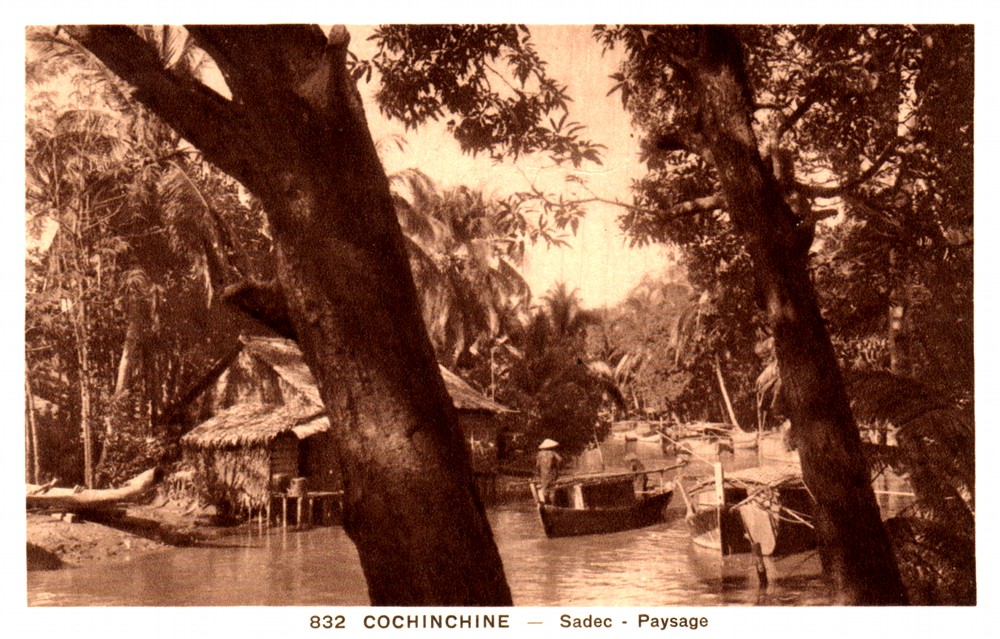Reporting Vietnam
[anonymous]
Part 1: American Journalism 1959-1969
858 pages
Part 2: American Journalism 1969-1975
857 pages
Library of America: New York, 1998
Snapshot journalism?
While I appreciate history written at the time — current events well observed — I am not so fond of the snapshot approach to history, vivid glimpses perhaps but without integrating the quick pictures into some overarching theme. Reporting Vietnam, selected or advised by a committee, has no overt philosophy giving us a unified overlook. Nevertheless there is a very interesting editorial trick suggesting a covert philosophy herein, which I'll describe shortly.
Are the correspondents' prose snapshots themselves interesting and informative about the Vietnam War and the war at home? Well, without embedding them in a larger framework, many seem like yesterday's news, fresh and exciting and seemingly important in the day but of uncertain application thereafter.
The contributors here often went on to write books more or less on the Vietnam topic. War correspondents like Bernard B. Fall, David Halberstam, Neil Sheehan, and Peter Braestrup also have written major books about the Vietnam War and its background. Other book writers represented here are as diverse as James A. Michener, Doris Kearns Goodwin, and Hunter S. Thompson.
Yet these journalistic pieces or excerpts in Reporting Vietnam seem to me like paging through a Time-Life photo-history book: nice picture! Another nice picture! Another —
There are a number of photos of the contributing reporters in Vietnam. But for more-or-less personalized histories rather than prose snapshots, it is much more revealing to read the Vietnam-related complete analyses or histories written by the above.
On to the editorial trick. There is one complete book included here, Dispatches by Michael Herr. This is a thoroughly down-and-dirty, in-your-face, impressionistic, vividly detailed account of Herr's year as a war correspondent in South Vietnam, from about September 1967 through September 1968. This period includes the Tet Offensive and the siege of Khe Sanh, and is arguably the worst year of the war. Dispatches may be read as the backgrounder for the film Apocalypse Now, on which Herr worked.
Including Herr's book of course is no problem among this shoal of reportage: Dispatches (first published 1977) probably is the best-known book about the Vietnam War; I've read it more than once. So what's the trick?
Apparently not desiring to imbalance the two-volume collection of short pieces by dropping a whole book into their midst like a used-car lot into a street of small shops, the selecting committee (or other anonymous editors) of Reporting Vietnam placed Dispatches as the last contribution of all, that is, at the end of Volume 2. Jumping out of the chronological sequence that the anthology keeps fairly well from 1959 to 1975, this places Dispatches and its vivid 1967-1968 accounts of Tet and Khe Sanh way out of order as a concluding flare-barrage of illumination rounds, an after-image dazzle to take away.
Interestingly, this displacement in time echoes the real-life time-displaced impact of the Pentagon Papers, a huge Department of Defense study of American involvement in Indochina up through Spring 1968; and partly published in mid-1971, dropped into public consciousness to much fanfare and recrimination, during a changed Presidential Administration and a much evolved phase of the war.
By way of contrast with Reporting Vietnam, a sibling two-volume anthology, Reporting World War II (1995), manages to include two books sequenced reasonably: Bill Mauldin's Up Front cartoons and John Hersey's Hiroshima finale. Lacking a similar end-with-a-bang for Reporting Vietnam, its committee made do with what they had.
The proper place for Dispatches in historical sequence would be near the end of Volume 1. In fact, ending Volume 1 during or at the end of 1968 would make a better division, at either the handoff from General Westmoreland to Abrams, or the later handoff from President Johnson to President Nixon.
The subtitle and running page-heads of the Dispatches section in Reporting Vietnam read "A Correspondent's Memoir: 1967-1975" — which it is not. This carefully inaccurate labeling, along with the chronological misplacement at the very end of Reporting Vietnam, allows the committee to leave the reader with the impressionistic chaos and apocalyptic doom as Michael Herr reports it from 1967-1968, as the final and definitive wrapup of the whole Vietnam War.
A neat trick; but not history.
© 2005 Robert Wilfred Franson
Winter Soldier
dedicated to the American veterans of the Vietnam War,
who served with courage and honor
Winter Soldier - what's new?
recovering the true history
Warfare at Troynovant
war, general weaponry,
& philosophy of war
postcard, bottom:
Cochinchine,
Sadec Paysage
(Cochin-China,
Sadec countryside)
Mekong Delta Region

| Troynovant, or Renewing Troy: | New | Contents | |||
| recurrent inspiration | Recent Updates | |||
|
www.Troynovant.com |
||||
|
Reviews |
||||
| Personae | Strata | Topography |
|
|||